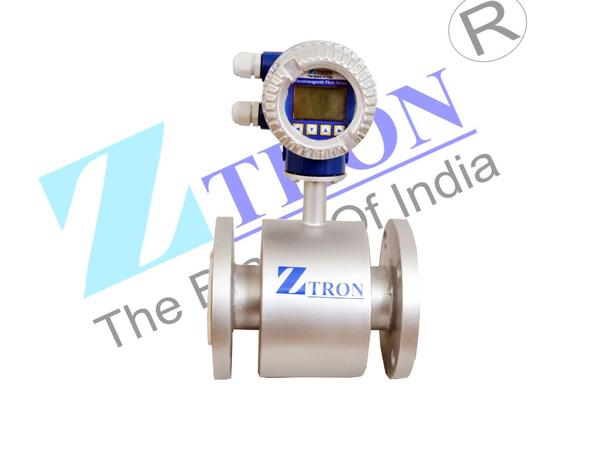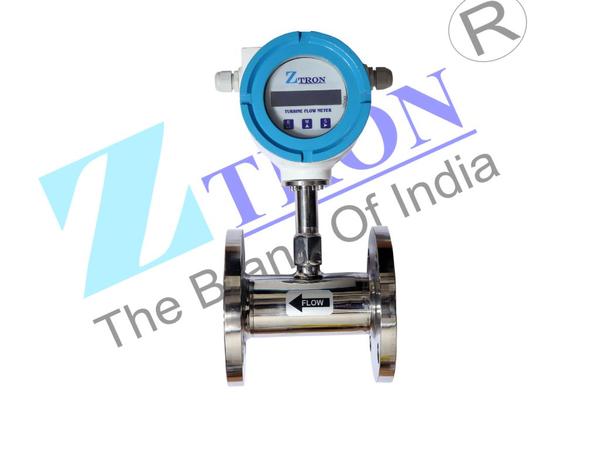Description
Product details
A liquid vibrating fork level switch is a type of level sensor used to detect the presence or absence of a liquid at a particular level within a container. It operates based on the principle of tuning fork vibration. This type of level switch is commonly employed in industries such as chemical processing, water treatment, oil and gas, and other applications where accurate and reliable level measurement is essential. Here's how a liquid vibrating fork level switch typically works: Design: The sensor consists of a fork-shaped structure with two tines or prongs. Each tine has a piezoelectric crystal or a similar element that can vibrate at a specific frequency. Installation: The fork is installed vertically or horizontally in the liquid container in such a way that the tines are immersed in the liquid. Vibration: The piezoelectric crystals within the tines generate vibrations at a natural frequency when an alternating current is applied. The fork is designed to vibrate at its natural frequency when in air. In Liquid: When the fork is immersed in the liquid, the presence of the liquid dampens the vibrations of the tines. The change in vibration frequency or damping effect is detected by the sensor. Electronics: The electronics associated with the level switch continuously monitor the vibration characteristics of the fork. Switching State: The level switch is designed to change its output state (open or closed) based on the vibration characteristics. For example, when the liquid level reaches the fork, the damping effect causes a change in the vibration pattern, triggering the switch to change its state. Output Signal: The switch provides an electrical output signal that can be used to indicate the level status. This signal can be integrated into a control system or used to trigger alarms or other processes. Advantages: Provides reliable point level detection in liquids. Suitable for a wide range of liquid types. No moving parts within the liquid, reducing the risk of contamination. Applications: Commonly used in tanks, vessels, and pipelines to monitor and control liquid levels. Considerations: The choice of material for the fork is important, as it should be compatible with the properties of the liquid. Proper calibration and installation are essential for accurate level detection.






